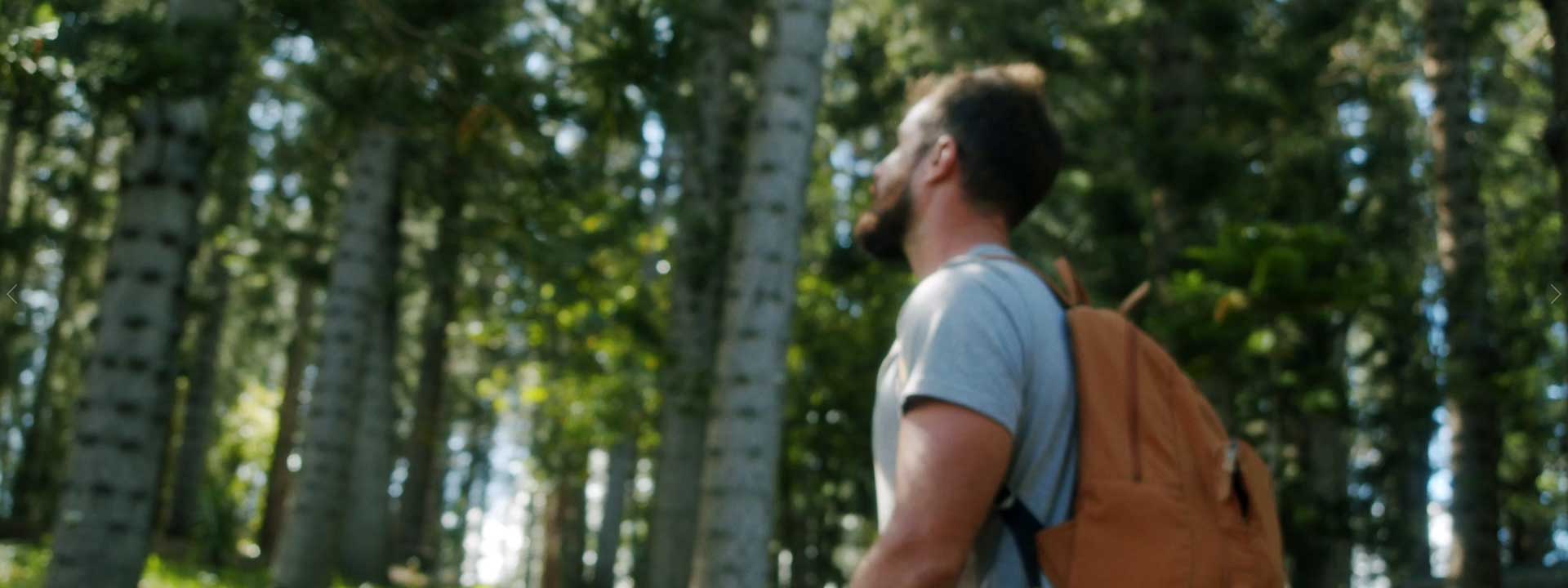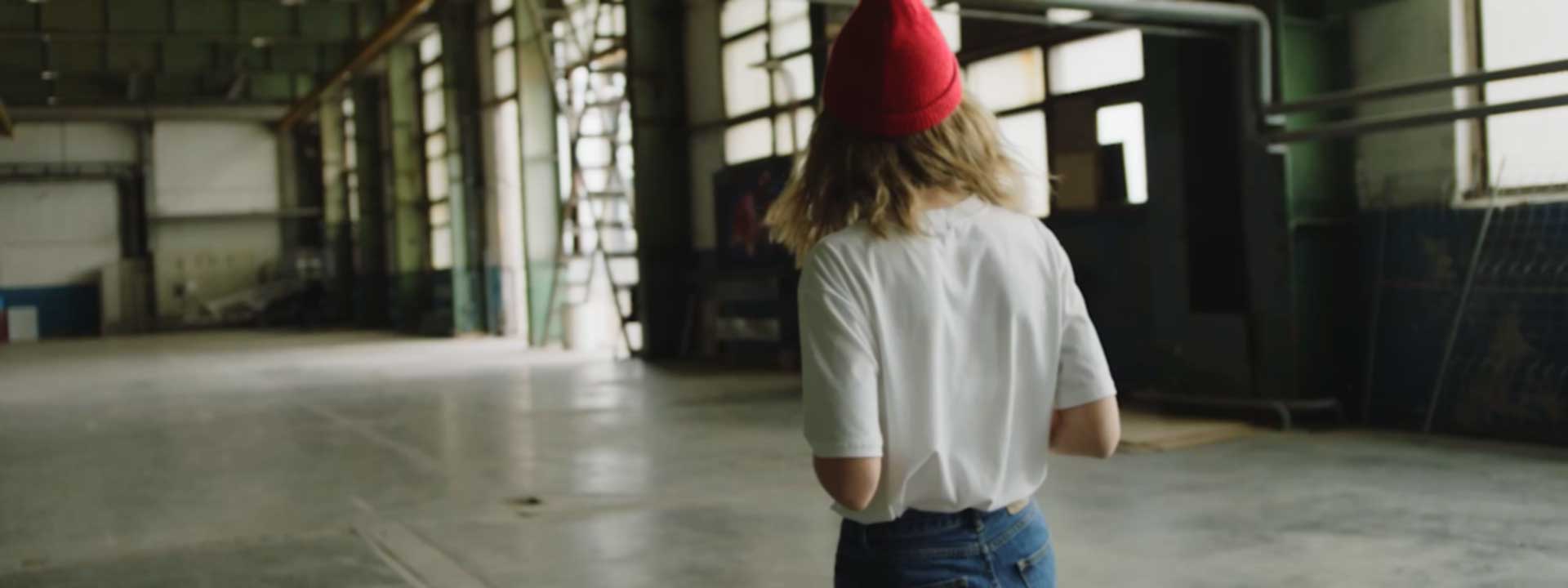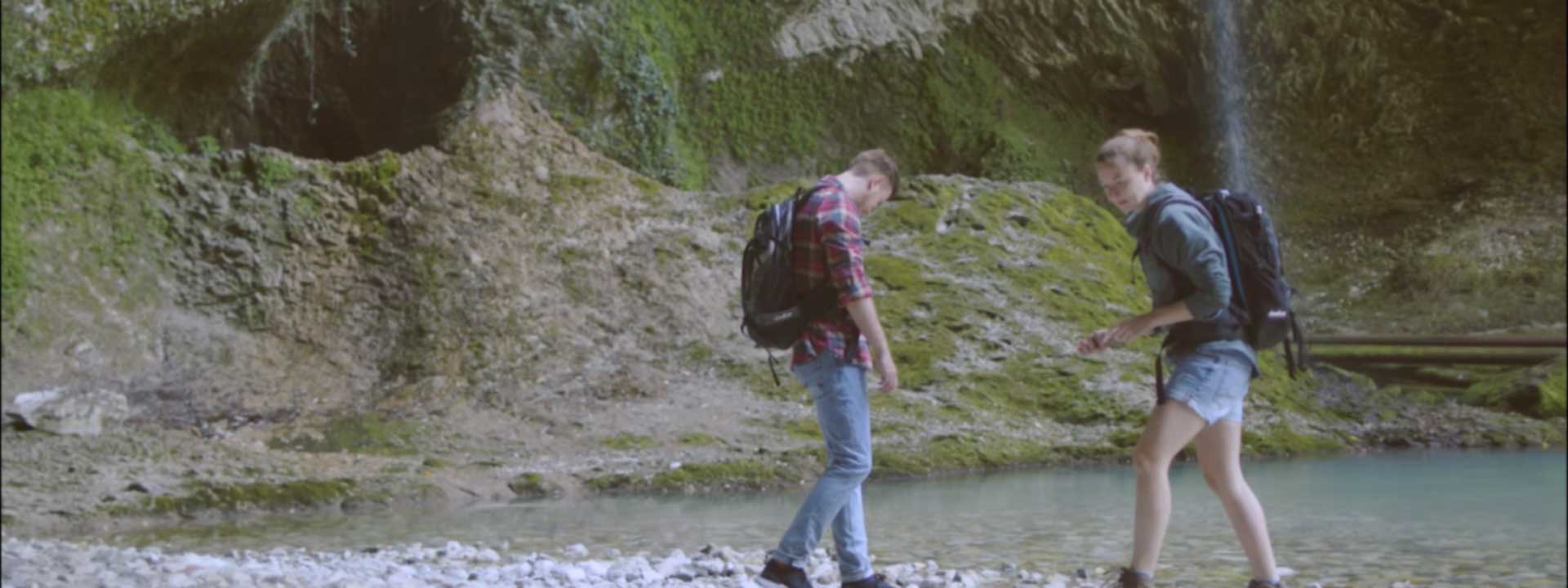Short note: This website is in Beta - we are currently building everything up but you can already find the apps to download and participate! Thank you and stay safe!
Friday, 04 August 2023 09:44
Animals in NatureSpots App spotted by Danny VG on 05.08.2023

Animals spotted by Danny VG:in the NatureSpots App on 05.08.2023
#NatureSpots #Animals #SPOTTERON
Published in
Spots from all apps
Thursday, 03 August 2023 22:21
Urban & Gardens in NatureSpots App spotted by Odiobidio Dumani on 04.08.2023
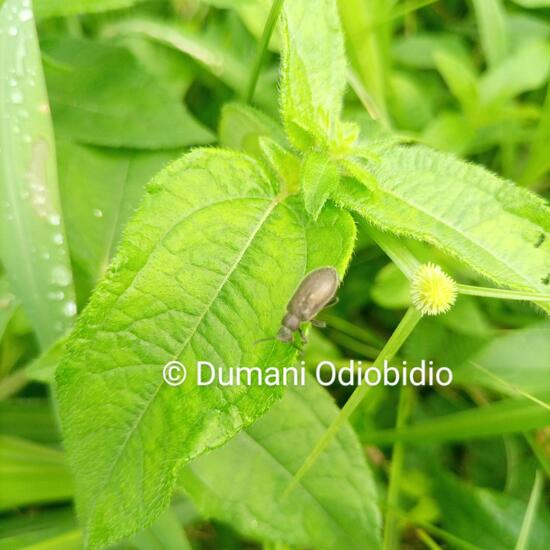
Urban & Gardens spotted by Odiobidio Dumani:in the NatureSpots App on 04.08.2023
#NatureSpots #UrbanGardens #SPOTTERON
Published in
Spots from all apps
Thursday, 03 August 2023 22:34
Animals in NatureSpots App spotted by Odiobidio Dumani on 04.08.2023
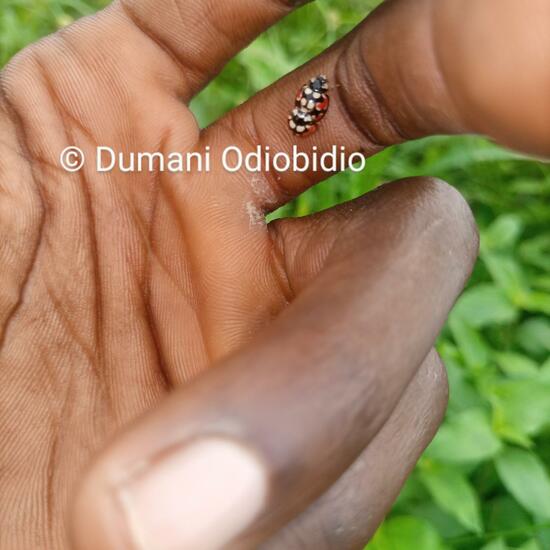
Animals spotted by Odiobidio Dumani:in the NatureSpots App on 04.08.2023
#NatureSpots #Animals #SPOTTERON
Published in
Spots from all apps
Thursday, 03 August 2023 21:12
Plants in NatureSpots App spotted by Franz on 04.08.2023
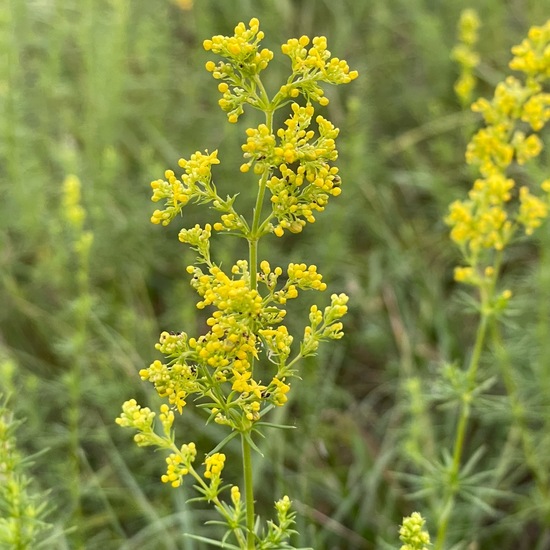
Plants spotted by Franz: “Wiesen-Labkraut (Galium mollugo)” in the NatureSpots App on 04.08.2023
#NatureSpots #Plants #SPOTTERON
Published in
Spots from all apps
Thursday, 03 August 2023 14:32
Fungi in NatureSpots App spotted by A Mile of Sky on 04.08.2023

Fungi spotted by A Mile of Sky: “Hier nur ein Update Photo nach dem Sammeln und vor dem Kochen 🤤” in the NatureSpots App on 04.08.2023
#NatureSpots #Fungi #SPOTTERON
Published in
Spots from all apps
Thursday, 03 August 2023 15:40
Plants in NatureSpots App spotted by A Mile of Sky on 04.08.2023
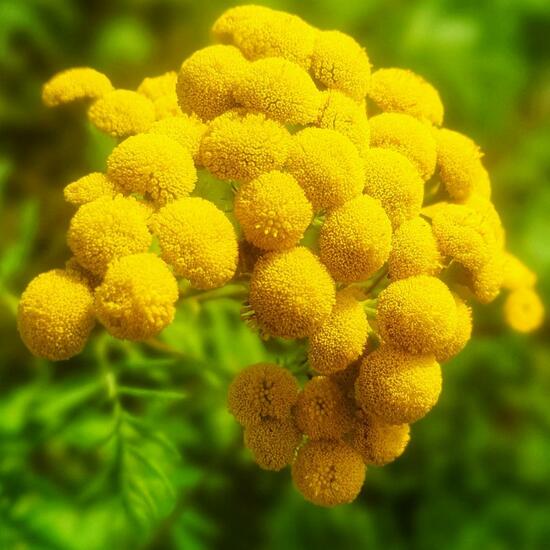
Plants spotted by A Mile of Sky:in the NatureSpots App on 04.08.2023
#NatureSpots #Plants #SPOTTERON
Published in
Spots from all apps
Thursday, 03 August 2023 08:22
Animals in NatureSpots App spotted by Franz on 04.08.2023
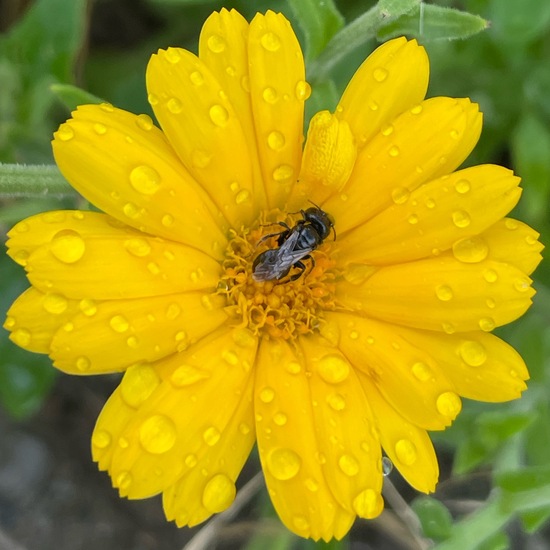
Animals spotted by Franz: “Panurgus calcaratus / Stumpfzähnige Zottelbiene auf Ringelblume” in the NatureSpots App on 04.08.2023
#NatureSpots #Animals #SPOTTERON
Published in
Spots from all apps
Thursday, 03 August 2023 09:34
Animals in NatureSpots App spotted by Danny VG on 04.08.2023
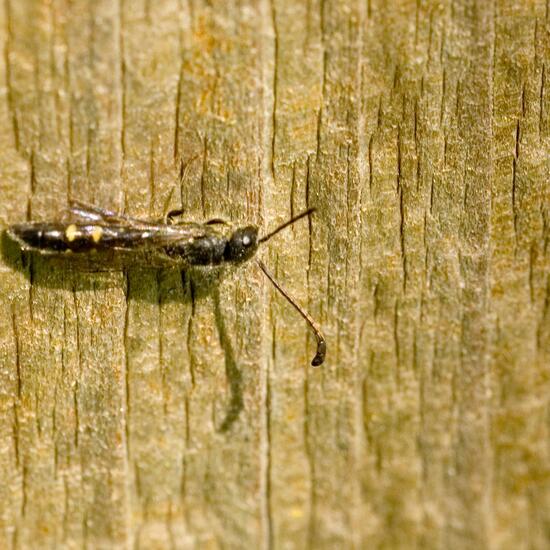
Animals spotted by Danny VG: “Sapyga clavicornis – Gewöhnliche Keulenwespe Erkennungsmerkmal: Die letzten beiden Fühlersegmente der Männchen dieser Keulenwespe sind stark vergrößert und weisen an der Unterseite eine Rille auf. Die Männchen haben keinen Querkiel an der Vorderseite des Kopfes. Das zweite, dritte und vierte Tergit des Weibchens ist weiß mit gelben Flecken, zonenrote Farbe. Tergit 6 hat in der Mitte eine Gelwand. Länge: M: 7–12 mm, F: 7,5–12 mm Biologie: Diese Art parasitiert die Hahnenfußbiene (Chelostoma florisomne) und ist daher regelmäßig beim Nestbau dieser Biene anzutreffen. Die Hahnenfuß-Bienennester finden sich in Rattendächern und Butterblumen findet man auf Weidepaletten in der Nähe der Wiesen von Bermen. Flugzeit: Hauptsächlich im Mai und Juni” in the NatureSpots App on 04.08.2023
#NatureSpots #Animals #SPOTTERON
Published in
Spots from all apps
Wednesday, 02 August 2023 18:58
Animals in NatureSpots App spotted by Petep on 03.08.2023
Animals spotted by Petep:in the NatureSpots App on 03.08.2023
#NatureSpots #Animals #SPOTTERON
Published in
Spots from all apps
Wednesday, 02 August 2023 17:43
Plants in NatureSpots App spotted by Franz on 03.08.2023
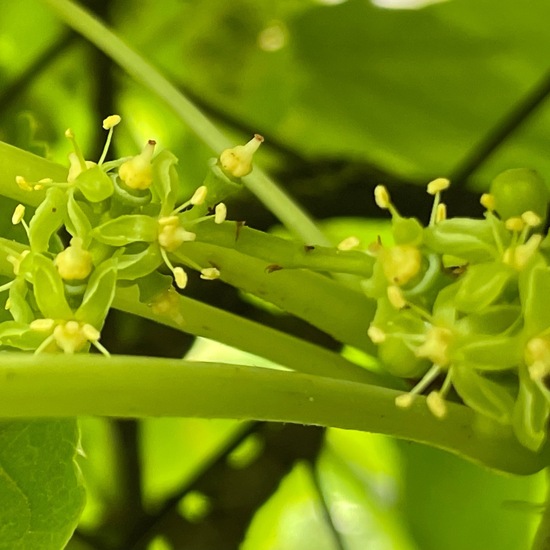
Plants spotted by Franz: “Die Dreispitzige Jungfernrebe (Parthenocissus tricuspidata) blüht. Das kräftige Summen der Bienen zeigt die Vollblüte an.” in the NatureSpots App on 03.08.2023
#NatureSpots #Plants #SPOTTERON
Published in
Spots from all apps
"Naturkalender" (Nature's Calendar) is the Austrian phenology app for interested Citizen Scientists who want to…
With the "LitterBug" app by independent Austrian environmental organization GLOBAL 2000, you can sharpen your…
CoastSnap is a global citizen science project to capture our changing coastlines. No matter where…
At the Spot-a-Bee Citizen Science project, the researchers of Cardiff University and the University of…
CoronaReport is a citizen science project for documenting the influence of COVID-19 on our lives.…
Do you like spiders? In the SpiderSpotter Citizen Science app, you can share your observations…
With the CrowdWater Citizen Science app, you can observe rivers and collect hydrological data, including water…
Run your own App on SPOTTERON?
Please visit the website about the SPOTTERON Platform on www.spotteron.net
Please visit the website about the SPOTTERON Platform on www.spotteron.net
No Trackers - No Ads
This website uses no external trackers, no analytics, just session cookies and values your online privacy.
This website uses no external trackers, no analytics, just session cookies and values your online privacy.

